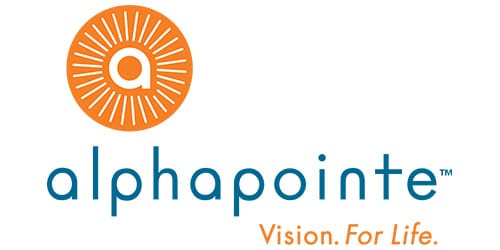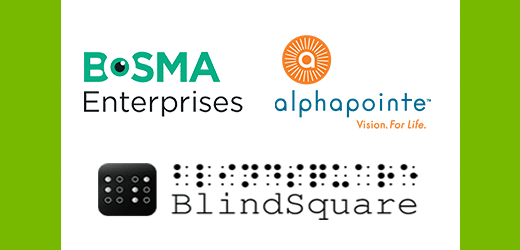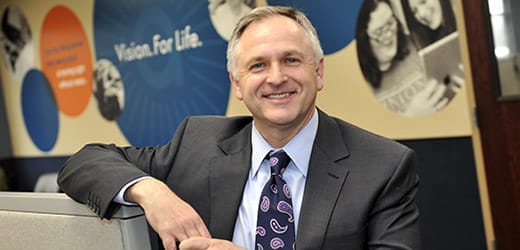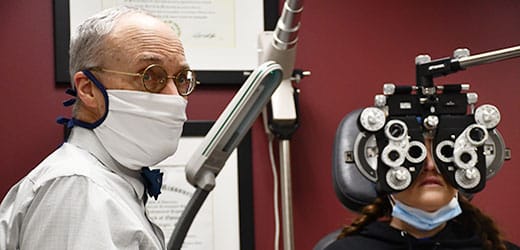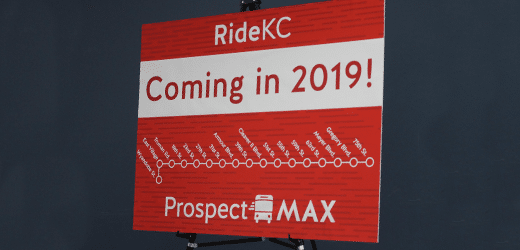Seeing Beyond the Injury: Vision Therapy That Heals
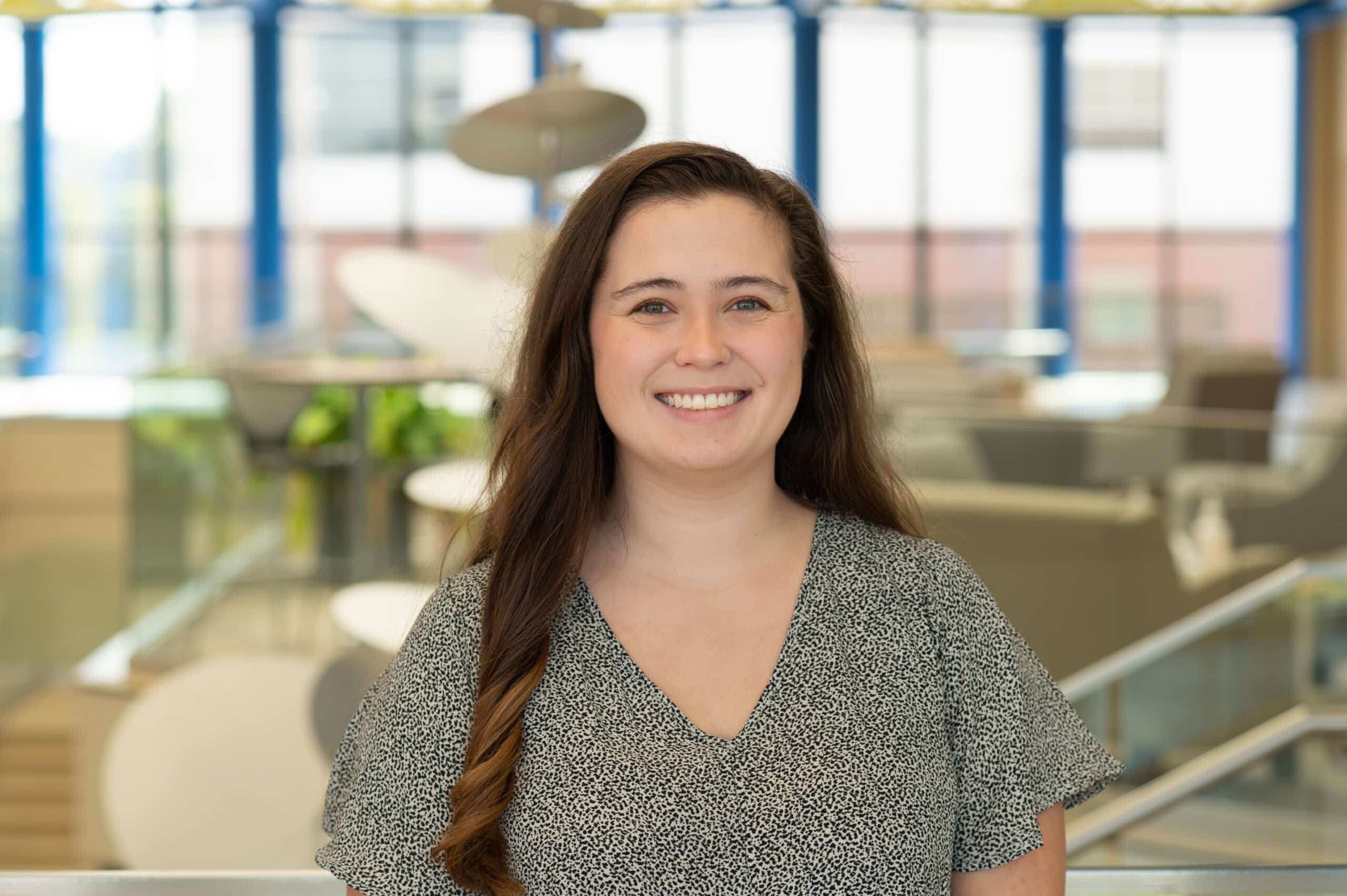
When most people think about vision care, they picture glasses, contacts, or maybe a routine eye exam. But for many of my patients, people recovering from concussions, strokes or neurological conditions, vision care becomes something far more complex and deeply personal.
These patients often come to me after months of working with neurologists, physical therapists or occupational therapists. They’re making progress, but something still feels off: reading makes them tired, riding in a car makes them dizzy, busy environments are overwhelming, or headaches appear every time they try to focus.
It’s not that their eyes are “bad.” It’s that their eyes and brain are no longer communicating the way they used to. That’s where I come in.
A Missing Link in Recovery
There’s a strong, and often overlooked, connection between the brain and the visual system. After a traumatic brain injury (TBI), stroke, tumor or even a mild concussion, this connection can be disrupted. The result is a host of symptoms not always explained during a standard eye exam, but they’re very real to the patient.
People with vision-related neurological symptoms may experience:
- Difficulty reading or focusing
- Dizziness or balance problems
- Sensitivity to motion or light
- Eye strain or double vision
- Trouble navigating crowded spaces
These issues can persist long after the original injury, interfering with work, school, driving or day-to-day tasks. And because they’re not always visible to others, patients can feel isolated or dismissed.
What Is Neuro-Optometric Rehabilitation?
Neuro-optometric rehabilitation is a specialized form of care that focuses on restoring visual function after neurological injury. Unlike traditional eye care, which emphasizes how clearly you see, this approach examines how the brain processes what your eyes are seeing, and how well that system is functioning.
At Alphapointe Clinics, we use detailed assessments that go far beyond the eye chart. We evaluate how your eyes move and work together, how your brain processes visual input, and how those systems interact with your balance, movement and cognition.
Then we build a personalized therapy plan. For some patients, that might involve therapeutic lenses to ease light sensitivity. For others, it could mean weekly one-on-one vision therapy sessions that retrain the eyes and brain to work in sync again.
What Does Vision Therapy Look Like?
Every therapy plan is unique, but the goals are the same: reduce symptoms, restore function and help patients feel like themselves again.
Take, for example, a high school athlete recovering from a sports concussion. They might be struggling to read, keep up in class, and focus for more than a few minutes at a time. Their symptoms aren’t visible, but they can disrupt their entire life. With the right therapeutic lenses and a tailored therapy plan, they can not only regain focus but also confidence.
Another patient, a working professional recovering from a mild stroke, might describe overwhelming dizziness and nausea every time they tried to use a computer. Over the course of a personalized vision therapy plan, we can help them rebuild the visual processing and coordination needed to return to work comfortably.
These stories are common, but they don’t happen by accident—they happen because patients can finally receive care that looks beyond the basics. Whether you’re hoping to return to work, continue your education, manage daily routines more independently, or re-engage in hobbies you love, our team creates a care plan that aligns with your personal goals and lifestyle.
How Caregivers Can Help
If you’re a parent, partner or caregiver, you may be the first to notice subtle changes after a neurological event; things like clumsiness, avoidance of usual activities or fatigue after reading. Trust your instincts. These changes could point to underlying visual dysfunction that hasn’t been properly diagnosed.
Encouraging your loved one to get a functional vision evaluation is often the first step toward relief.
A Collaborative Approach to Healing
One of the things I value most about working at Alphapointe Clinics is our team-based model. We don’t treat vision in a silo. Our optometrists work closely with physical therapists, occupational therapists, neurologists and educators to build a full picture of what our patients need.
We also serve as a resource for local rehabilitation centers, schools and referring physicians. When the visual system is involved, we’re here to help patients move from frustration and fatigue to progress and independence.
Empowering Our Community Through Access
Too often, people don’t even know this kind of care exists. They may be told, “Your vision is fine,” because they passed a standard exam. But that’s not enough when the real issue lies in how the brain and eyes are working together.
At Alphapointe, we fill that critical gap. Our clinics are among the few in the region that provide neuro-optometric rehabilitation—and we do so with a deep commitment to mission-driven care and community access.
We believe everyone deserves a chance to see clearly—not just on the chart, but in their daily life. Whether it’s reading a bedtime story, walking through a grocery store without fear, or confidently returning to work, we help make that vision possible.
When to Reach Out
If you—or someone you know—is recovering from a brain injury or neurological condition and still experiencing unexplained visual symptoms, you’re not alone. You don’t have to “tough it out,” and you’re not imagining things.
While every recovery is unique, the right care can help your visual system adapt and improve over time. With support, many patients regain skills and confidence that make daily life easier.
Reach out to Alphapointe Clinics. We’re here to help you take the next step forward.

